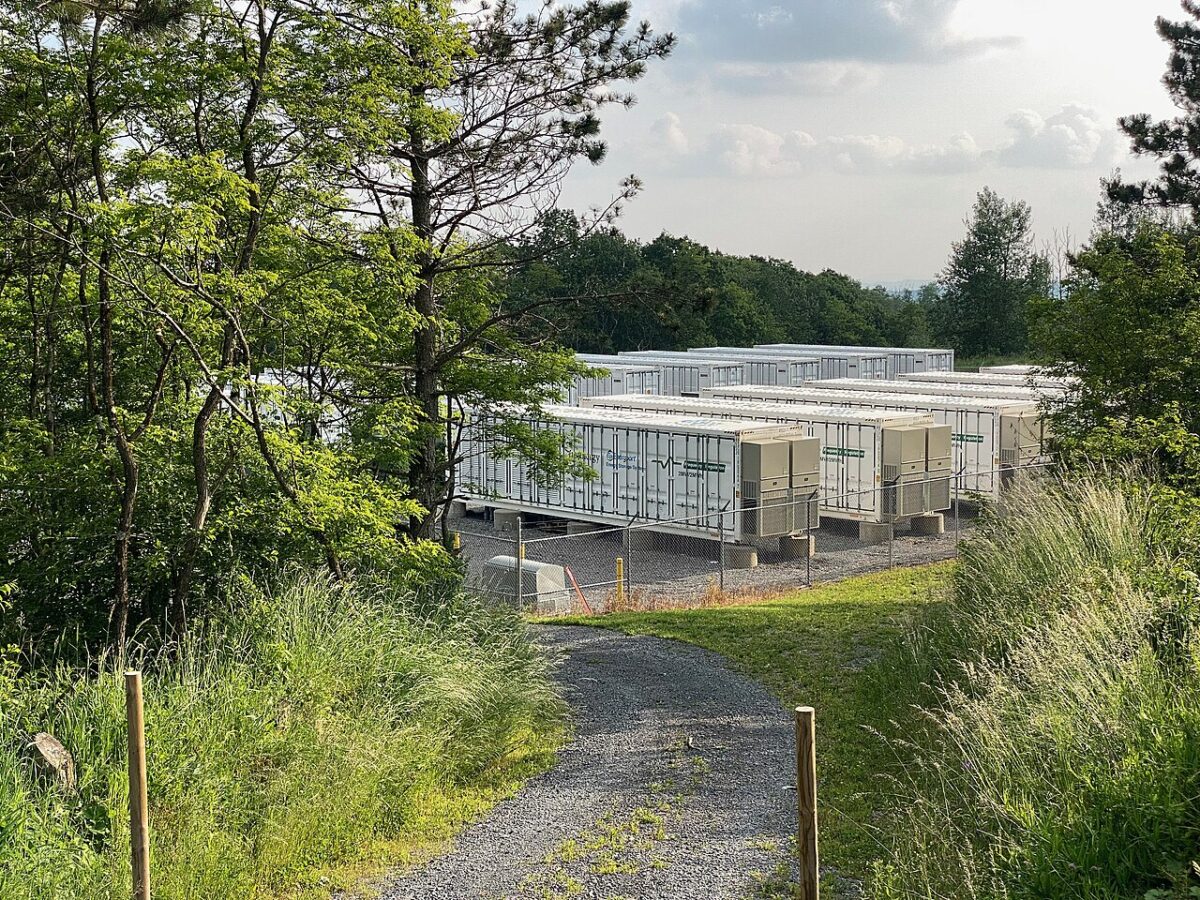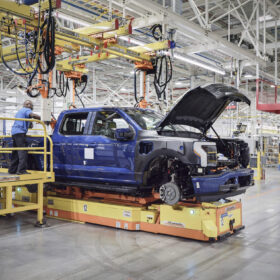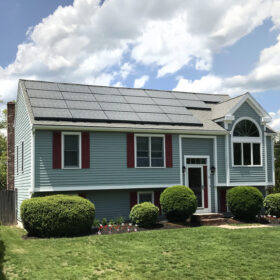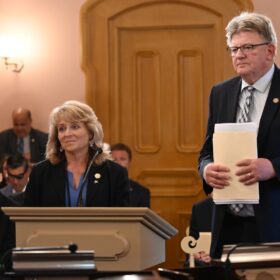On paper, energy storage installation may look simple: stack batteries, plug them into inverters, and flip the switch. However, storage EPC work is full of moments where things that should take thirty minutes, turn into a week of troubleshooting. Just a few common culprits include lack of communication between devices, firmware updates throwing off system logic, and procuring spare parts. And each delay adds pressure, because until those systems are verified, the project can’t deliver revenue.
While commissioning is where the bulk of these challenges tend to surface at once, the seeds were often planted earlier, in the engineering and construction stages. Fortunately, that means taking precautions in the early stages, as well as during commissioning, can prevent many of these issues. That’s why I’ve taught my teams to prepare for surprises in BESS commissioning: being extra-prepared keeps timelines and budgets on track.
The BESS installation process
Every large-scale storage project runs through the same core stages: engineering, construction, and commissioning. Here’s a breakdown of the main processes and EPC responsibilities in each stage:
Engineering
- Interface analysis: Determining how one battery container pairs with one or more inverters, and what cables and communication links are required.
- Physical layout: Designing for both safety and maintenance access.
- Fire safety: Aligning designs with:
- NFPA 855 guidelines
- UL 9540A and 9540 certifications
- Working space requirements
- Due diligence: Coordinating with the Engineers of Record to spot potential risks early after reviewing:
- Vendor install, maintenance, and software manuals
- Datasheets
- Lead times
- Track records
Construction
- Foundation strategy: Coordinating with subcontractors for foundation work.
- Equipment coordination: Planning and executing crane lifts and placements, to ensure containers are set efficiently and safely.
Commissioning
- Cold commissioning
-
- Checking all mechanical connections
- Ensuring cables and foundations are properly fastened and bonded
- Interconnection (first stage): Verifying device ratings and code compliance with the local utility.
- Hot commissioning
-
- Powering up auxiliary systems, including controllers, A/C units, and fire detection
- Verifying communication between devices.
- Functional testing: Ensuring the system behaviors align with expectations in predetermined steady-state and edge cases
- Capacity verification: Confirming the BESS performs to specs and nameplate ratings.
- Interconnection (final stage): Revenue dispatch testing to make sure the system delivers power according to the utility and/or operator’s requirements.
The entire process is long and complex, involving multiple teams, stakeholders, and sophisticated electrical equipment – but implementing prevention measures for common problems makes everything run more smoothly.
How to prevent delays
The most common culprits for BESS delays are miscommunication between devices, firmware update issues, and spare parts procurement. Here’s how my team handles each of these issues:
Problem 1: Device communication is not seamless
Few vendors supply both BESS batteries and inverters, particularly in the utility-scale space.. This requires integrators to connect components from different companies together, proving they’ll work safely as a unit. Each manufacturer designs its equipment based on certain assumptions and those assumptions don’t always align. Getting these devices to “talk” to each other correctly isn’t always straightforward, and can stretch what initially looks like a simple 30-minute verification, into days of troubleshooting.
To reduce this risk, build processes that make troubleshooting less reactive and more predictable. Engineering diligence should include:
- Validate: The content and format of data to be exchanged
- Configure: Parameters and thresholds of participating devices
- Define: How respective controllers respond in different scenarios
In particular, defining controller responses across multiple scenarios enables the team to better anticipate expected outcomes and prepare for proactive troubleshooting.
Conduct lab testing also helps resolve integration issues before they reach the field. These tests give your team the chance to validate critical battery and inverter interactions in a controlled environment, reducing the need for trial-and-error during commissioning.
Finally, if possible, bring on team members with direct manufacturer-side knowledge. My team recently added a former Powin engineer, whose experience helps us anticipate how BESS equipment will perform and shortens the learning curve for pairing components from different vendors.
Problem 2: Firmware updates disrupt sequencing
Firmware updates can create outsized impacts that force unexpected rework. Even a basic update can throw off previously configured parameters, impact communication drivers, or even logic within subsystems. Suddenly the battery doesn’t start, stop, charge or dispatch the way it’s supposed to, and the commissioning team is digging through manuals, logs, and code to figure out why.
To prevent update crashes, have your commissioning team collaborate with vendors to review firmware and control updates in advance. This will allow them to save configurations before the update is made, verify impacted components or logic, and catch potential problems before they cause costly delays.
Problem 3: Spare part procurement delays
Many BESS components aren’t readily available from a local, or even regional, warehouse. If a critical part fails, it can take weeks to get a replacement shipped – even though the project may need it in just minutes or hours to prevent delays.
The key to avoiding these delays is straightforward, although it does require some effort that might seem unnecessary at first. Stage hard-to-replace spare parts ahead of time, onsite, so crews aren’t stuck waiting weeks for replacements. In this case, an ounce of prevention is worth weeks of later delays.
Planning ahead
The three common issues mentioned above have a simple (though not easy) solution: Preparation. A thoughtful approach which reduces commissioning time should start at the beginning stages of a BESS project, including:
- Involve stakeholders to identify critical design features and frameworks
- Procure and stage adequate spare parts onsite
- Document as-left configurations
- Conduct reviews for firmware updates
As demand for energy storage scales and stakeholders hold EPCs to higher standards regarding schedules and budgets, it can be tempting to rush through some project phases. But doing so may backfire later on. Taking time to plan ahead and implement a systems-focused approach is the key to building storage systems quickly, reliably, and effectively.
Daniel Spaizman is Vice President of Engineering at Distributed Energy Infrastructure, an EPC provider specializing in large-scale solar, solar + storage, and battery storage installations for customers across the United States.
The views and opinions expressed in this article are the author’s own, and do not necessarily reflect those held by pv magazine.
This content is protected by copyright and may not be reused. If you want to cooperate with us and would like to reuse some of our content, please contact: editors@pv-magazine.com.








By submitting this form you agree to pv magazine using your data for the purposes of publishing your comment.
Your personal data will only be disclosed or otherwise transmitted to third parties for the purposes of spam filtering or if this is necessary for technical maintenance of the website. Any other transfer to third parties will not take place unless this is justified on the basis of applicable data protection regulations or if pv magazine is legally obliged to do so.
You may revoke this consent at any time with effect for the future, in which case your personal data will be deleted immediately. Otherwise, your data will be deleted if pv magazine has processed your request or the purpose of data storage is fulfilled.
Further information on data privacy can be found in our Data Protection Policy.